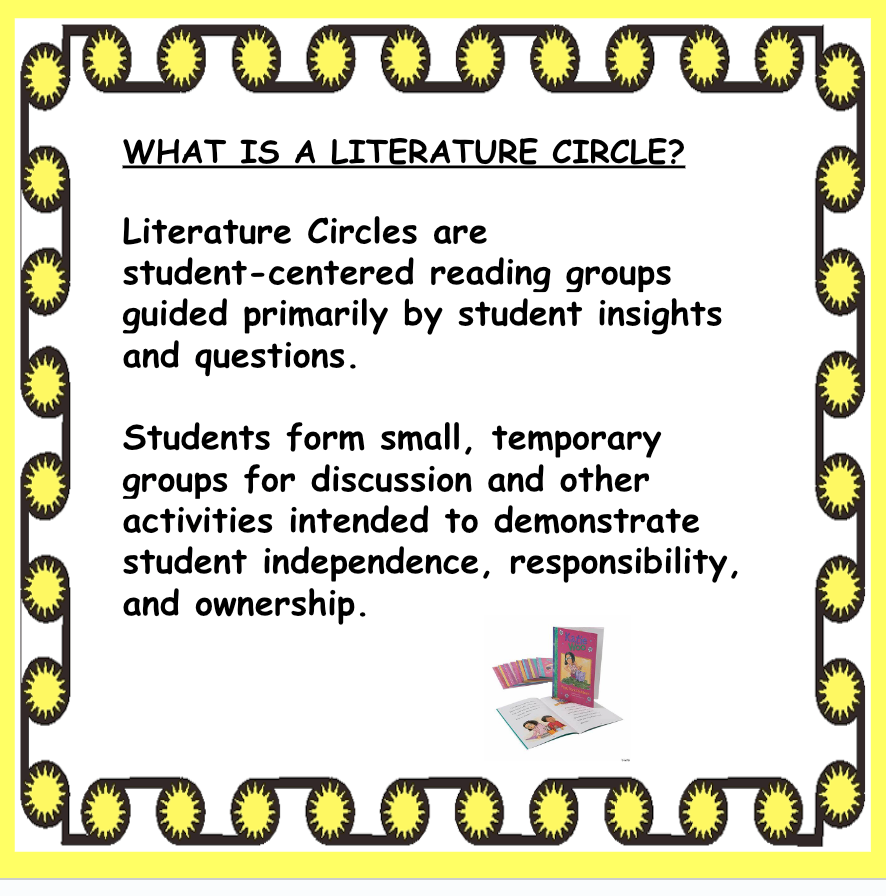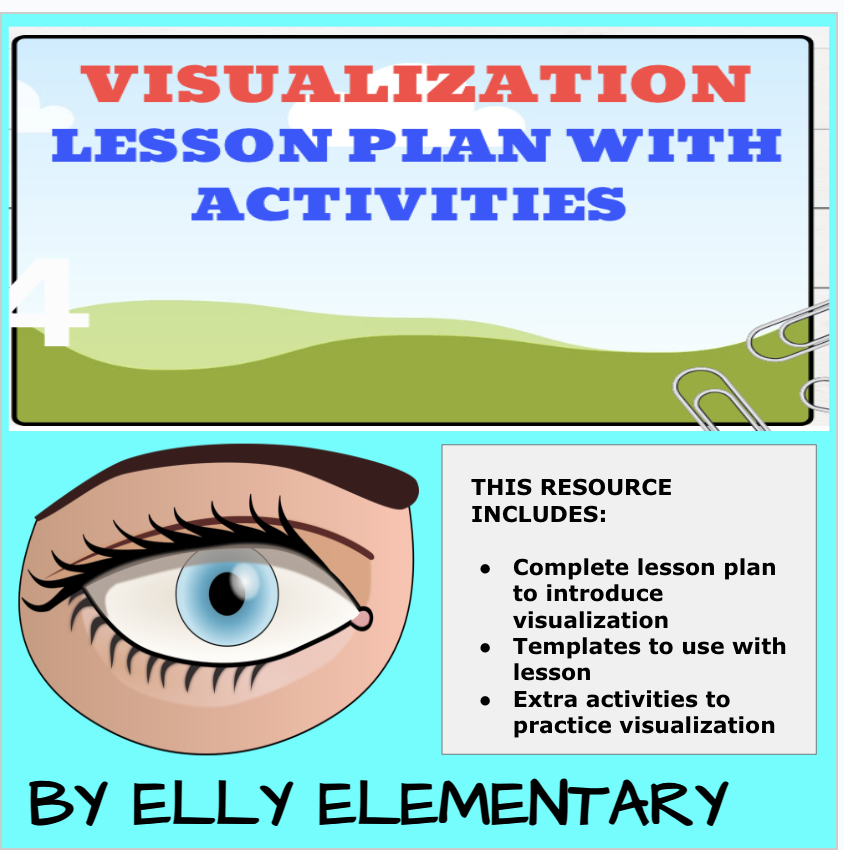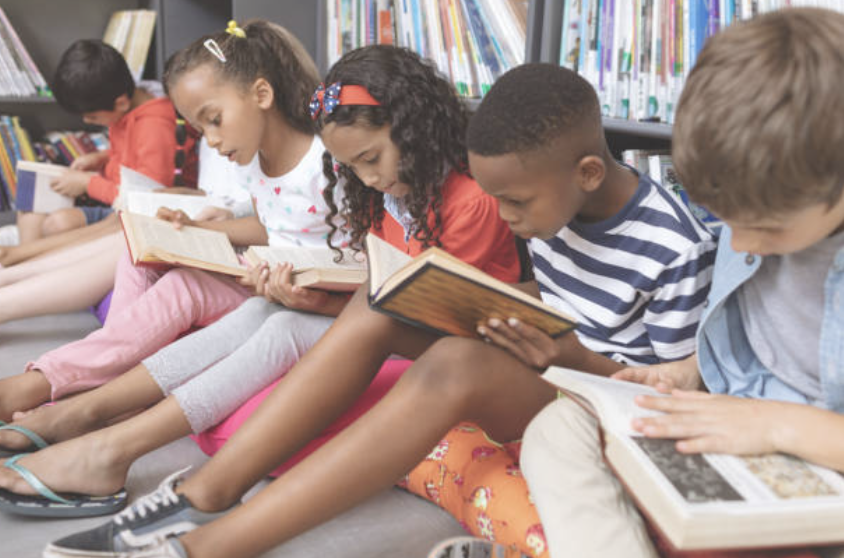Children typically start comprehending what they read at different stages, depending on their age, exposure to language, and reading practice.
Here’s a general timeline:
- Ages 3-4: Children begin to understand stories read aloud to them, recognizing pictures and some repeated words.
- Ages 5-6 (Kindergarten - Early 1st Grade): Early readers start matching words with meaning and comprehending simple sentences. They rely heavily on pictures and context.
- Ages 6-7 (1st - 2nd Grade): Developing readers can understand simple texts, make predictions, and recall details. Sight word recognition improves, and fluency grows.
- Ages 7-9 (2nd - 4th Grade): Reading comprehension strengthens as children move from "learning to read" to "reading to learn." They can summarize, infer meaning, and answer questions about what they read.
- Ages 9+ (4th Grade and Beyond): More advanced comprehension skills develop, including analyzing themes, making inferences, and understanding figurative language.
Reading comprehension depends on vocabulary, background knowledge, and practice. Some children may develop these skills earlier or later than their peers.
Making reading fun for students requires creativity, engagement, and a mix of strategies to make books and literacy exciting.
Here are some ideas:
1. Gamify Reading
- Reading Challenges – Set up a classroom reading challenge with rewards for milestones.
- Book Bingo – Create a bingo sheet with different genres, authors, or reading locations.
- Escape Room Challenges – Solve clues based on reading comprehension.
2. Interactive Read-Alouds
- Use voices and sound effects to make stories come alive.
- Pause for predictions and discussions to keep students engaged.
- Let students act out scenes or use puppets.
3. Choice-Based Reading
- Let students pick their own books.
- Create a "Book Tasting" event where they preview different books before choosing one.
- Offer graphic novels, audiobooks, and interactive e-books as options.
4. Creative Responses to Books
- Book Trailer Videos – Students create short videos promoting their book.
- Comic Strip Summaries – Let them turn a chapter into a comic.
- Alternative Endings – Encourage writing new endings for their favorite stories.
5. Incorporate Technology
- Use apps like Epic!, Raz-Kids, or Reading Eggs for interactive reading experiences.
- Have students create digital book reviews or podcasts discussing books.
- Use QR codes linking to book-related activities.
6. Themed Reading Days
- Dress-up days where students come as their favorite character.
- Flashlight Fridays – Turn off the lights and read with flashlights.
- Outdoor Reading Picnics to change the environment.
7. Partner and Group Reading
- Buddy Reading – Pair older and younger students together.
- Literature Circles – Small groups discuss books like a book club.
- Reader’s Theater – Act out stories instead of just reading them.
8. Connect Books to Real Life
- Bring in guest speakers or authors related to the book's theme.
- Organize field trips or virtual tours based on book settings.
- Relate books to hands-on projects (e.g., reading about science experiments and then doing them).

To help children become lifelong readers, teachers should focus on fostering a love for reading while building strong literacy skills. Here are some of the best reading strategies to achieve this:
1. Encourage Reading for Pleasure
- Let students choose their own books based on interests.
- Create a cozy reading space in the classroom.
- Recommend books based on their preferences.
2. Build Strong Phonics and Decoding Skills (For Early Readers)
- Use phonics games and songs.
- Practice blending and segmenting words through hands-on activities.
- Implement multisensory methods (e.g., writing words in sand, using magnetic letters).
3. Teach Comprehension Strategies
- Predicting: Have students guess what will happen next.
- Visualizing: Encourage them to draw or describe mental images.
- Summarizing: Use graphic organizers to map out main ideas.
- Questioning: Ask “who, what, when, where, why, how” about the story.
- Making Connections: Relate books to their lives, other texts, and the world.
4. Model a Reading Culture
- Read aloud daily with expression and enthusiasm.
- Share your own love of books.
- Talk about what you’re reading to set an example.
5. Incorporate Reading into Daily Life
- Provide real-world reading opportunities (menus, recipes, instructions).
- Encourage students to read signs, labels, and directions.
- Have them write letters, book reviews, or journal entries related to books.
6. Make Reading Social
- Book Clubs: Let students discuss books together.
- Buddy Reading: Pair students for shared reading.
- Reader’s Theater: Act out scenes from books.

7. Provide Access to a Variety of Books
- Offer a classroom library with diverse books.
- Include audiobooks, graphic novels, and magazines for different learning styles.
- Take trips to the school or public library regularly.
8. Celebrate Reading Milestones
- Track reading progress with a reading log or journal.
- Give certificates, bookmarks, or small rewards for achievements.
- Host reading events like "Flashlight Fridays" or "Dress as a Book Character Day."
9. Use Technology to Engage Reluctant Readers
- Try interactive reading apps like Epic!, Reading Eggs, or Storyline Online.
- Use audiobooks to help struggling readers enjoy stories.
- Let students create digital book reviews or podcasts discussing their favorite books.
10. Make Reading a Lifelong Habit
- Encourage daily reading routines at home.
- Teach students that reading is for enjoyment, not just schoolwork.
- Emphasize that books can be a source of adventure, learning, and relaxation for life!
Visualization is an important reading skill because it helps students create mental images of the text, making reading more engaging, meaningful, and easier to understand.

Here’s why it matters:
1. Enhances Comprehension
When students visualize, they actively construct meaning by imagining settings, characters, and events. This makes abstract concepts more concrete and improves their understanding of the text.
2. Improves Memory and Retention
Creating mental pictures helps students remember details and recall information more effectively. Visualizing connects new knowledge to prior experiences, reinforcing learning.
3. Engages Multiple Learning Styles
Some students learn best through visual and sensory experiences. By imagining scenes, they engage different parts of the brain, making reading more immersive and enjoyable.
4. Increases Emotional Connection to Text
When students visualize characters and events, they develop empathy and deeper emotional connections to the story. This makes reading more engaging and personal.
5. Aids in Inferencing and Critical Thinking
Visualization helps students predict what will happen next, understand underlying themes, and make inferences beyond what is explicitly stated in the text.
6. Supports Struggling Readers
For students who struggle with comprehension, visualization serves as a powerful tool to "see" the story rather than just decoding words without meaning.
How to Teach Visualization:
- Read aloud and pause to ask, "What do you see?"
- Have students draw scenes from a book or describe them in writing.
- Encourage sensory engagement (e.g., “What would this setting smell, sound, or feel like?”).
- Use graphic organizers like mind maps to visualize story elements.
Check out my store, Elly Elementary, for all your K-5th grade curriculum needs. I have resources for many of your Spring curriculum areas that your class will love.
Join me on Facebook and Instagram. Let me know if you are looking for anything in particular. (Email: ellyelementary@gmail.com)



Comments ()